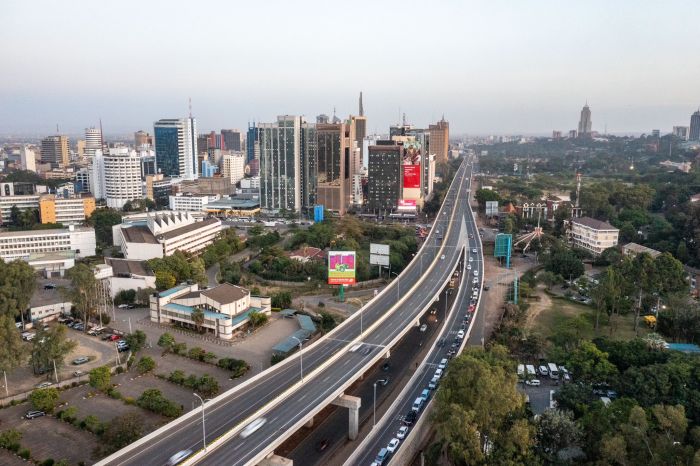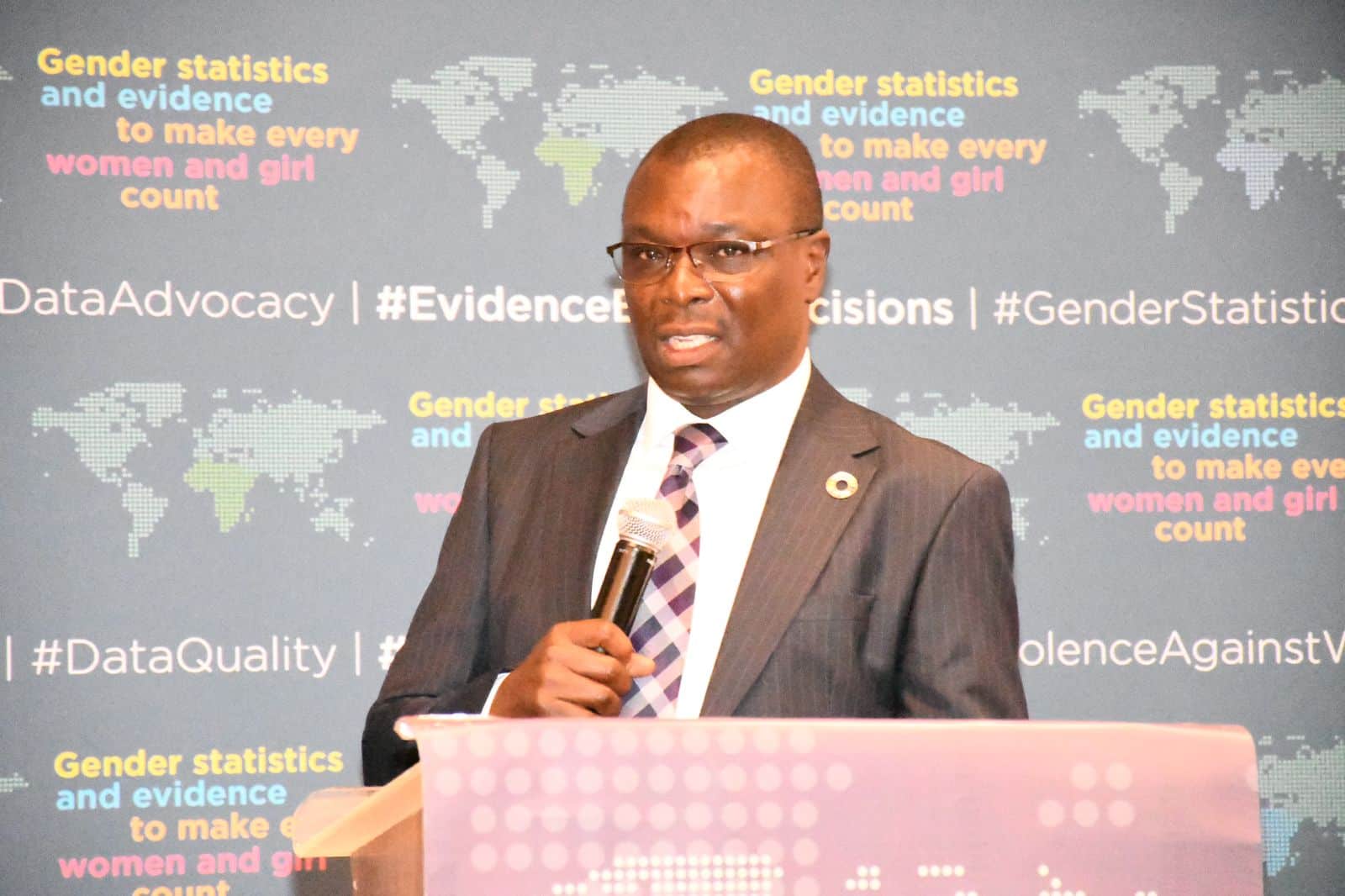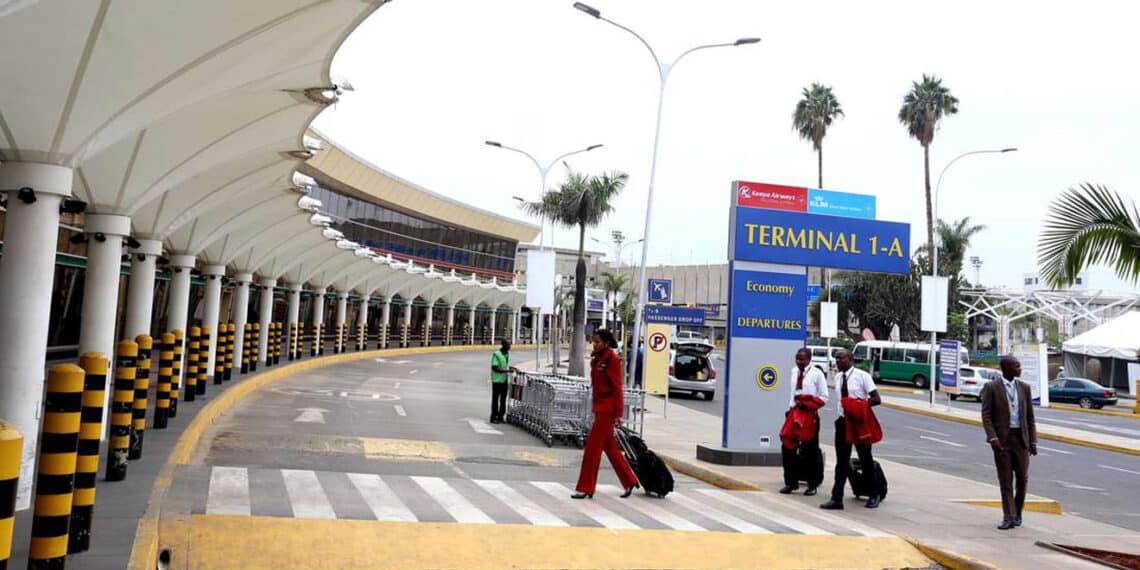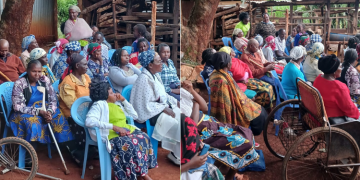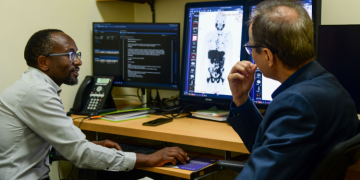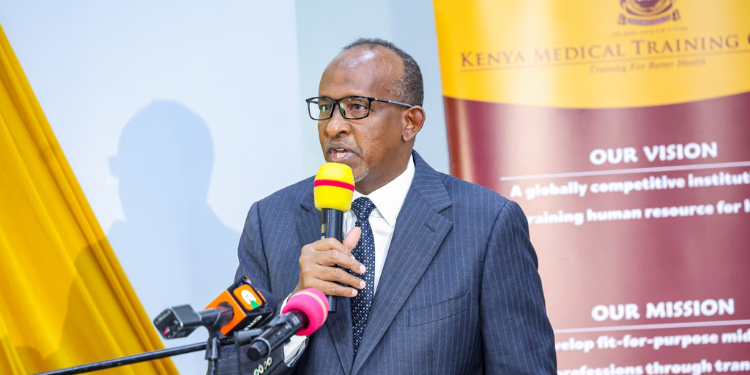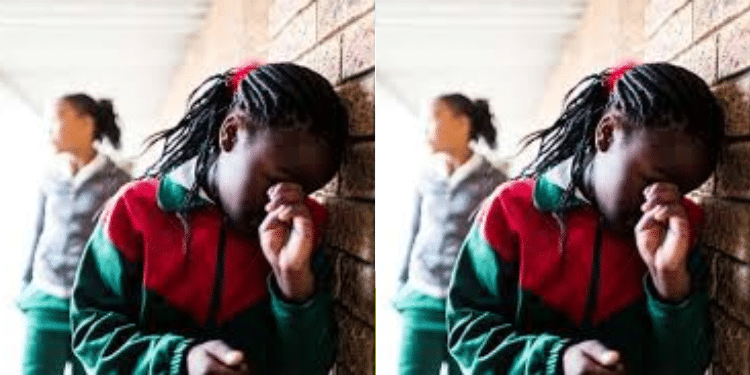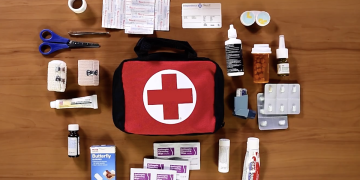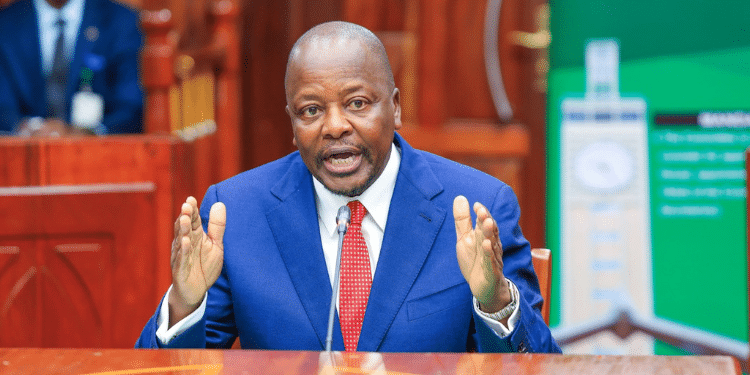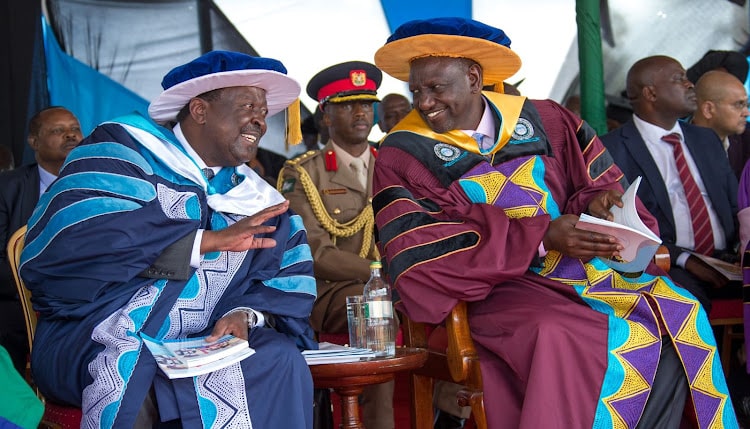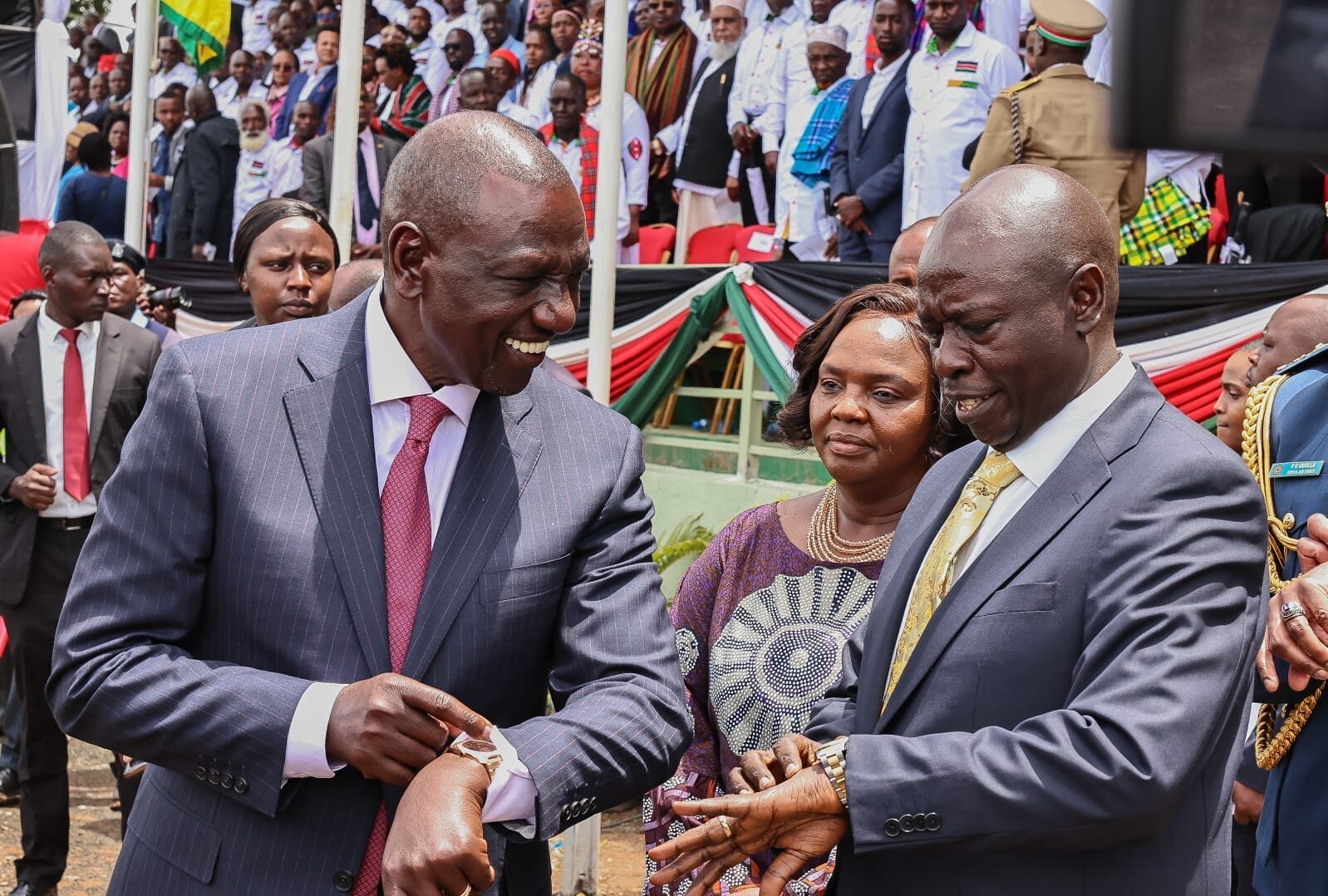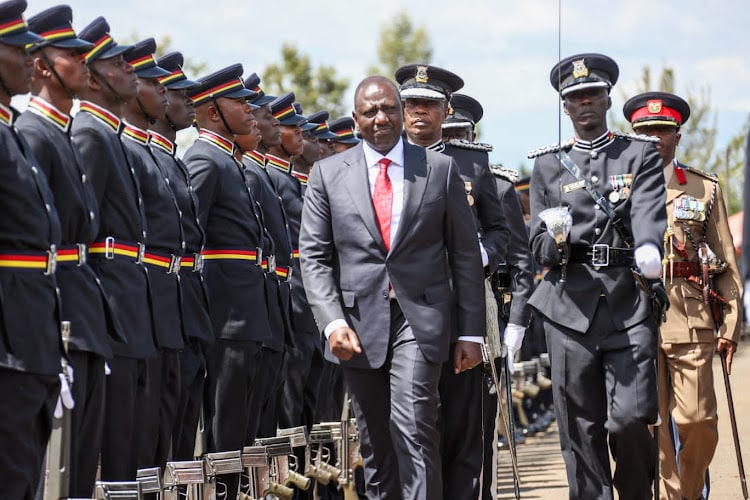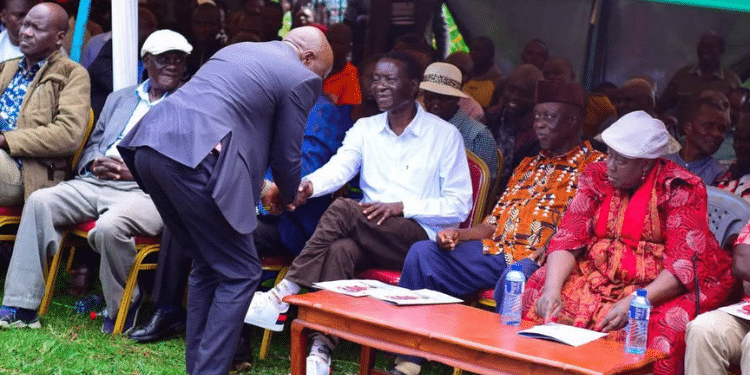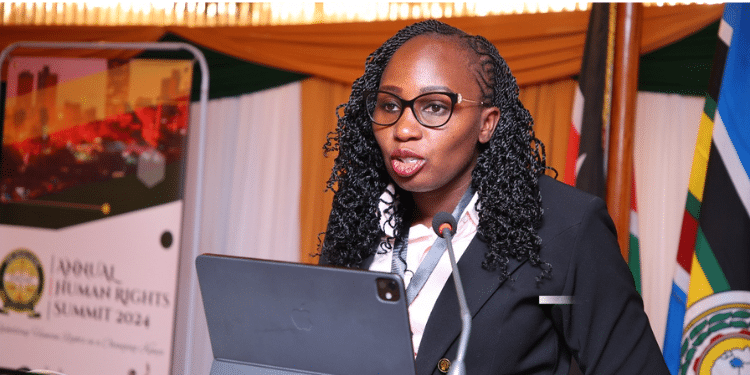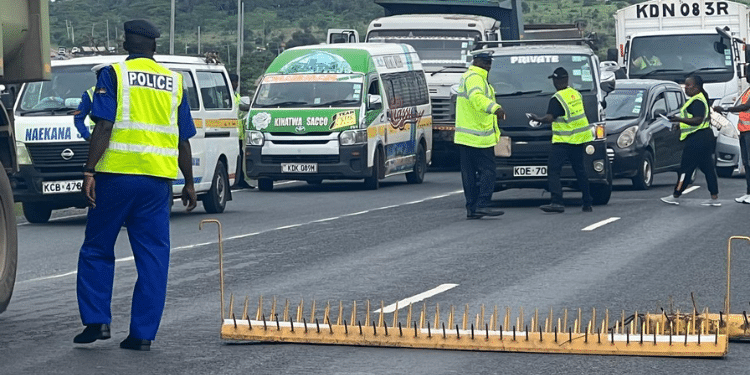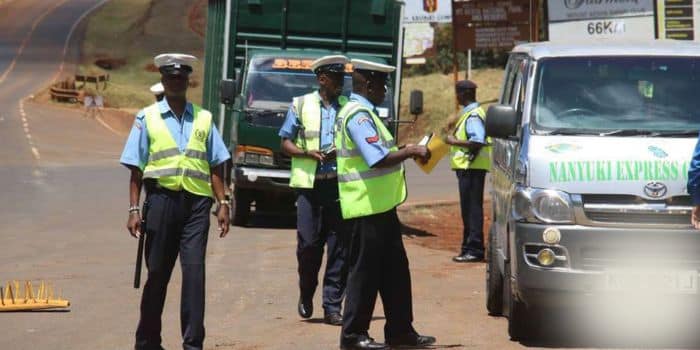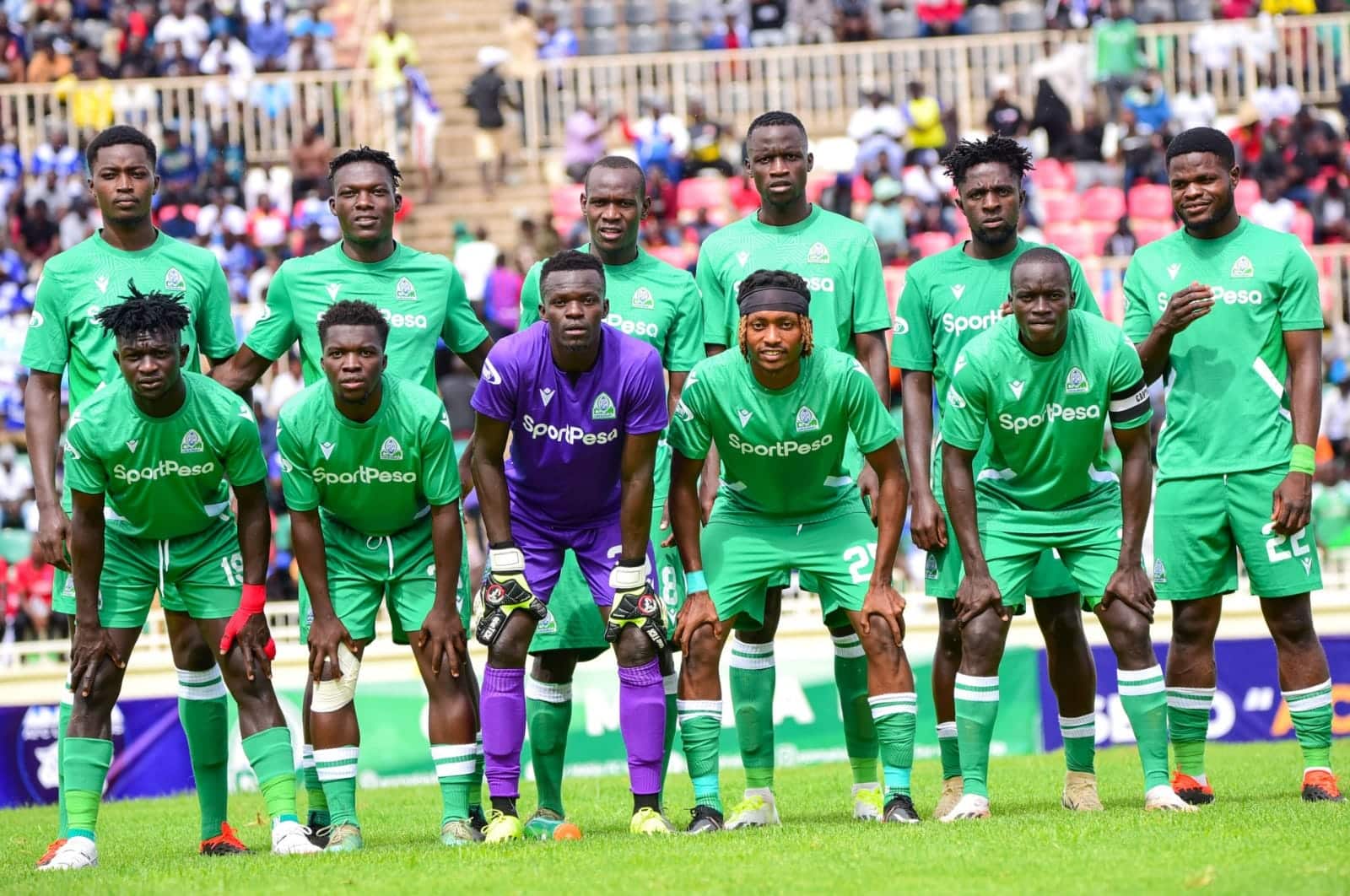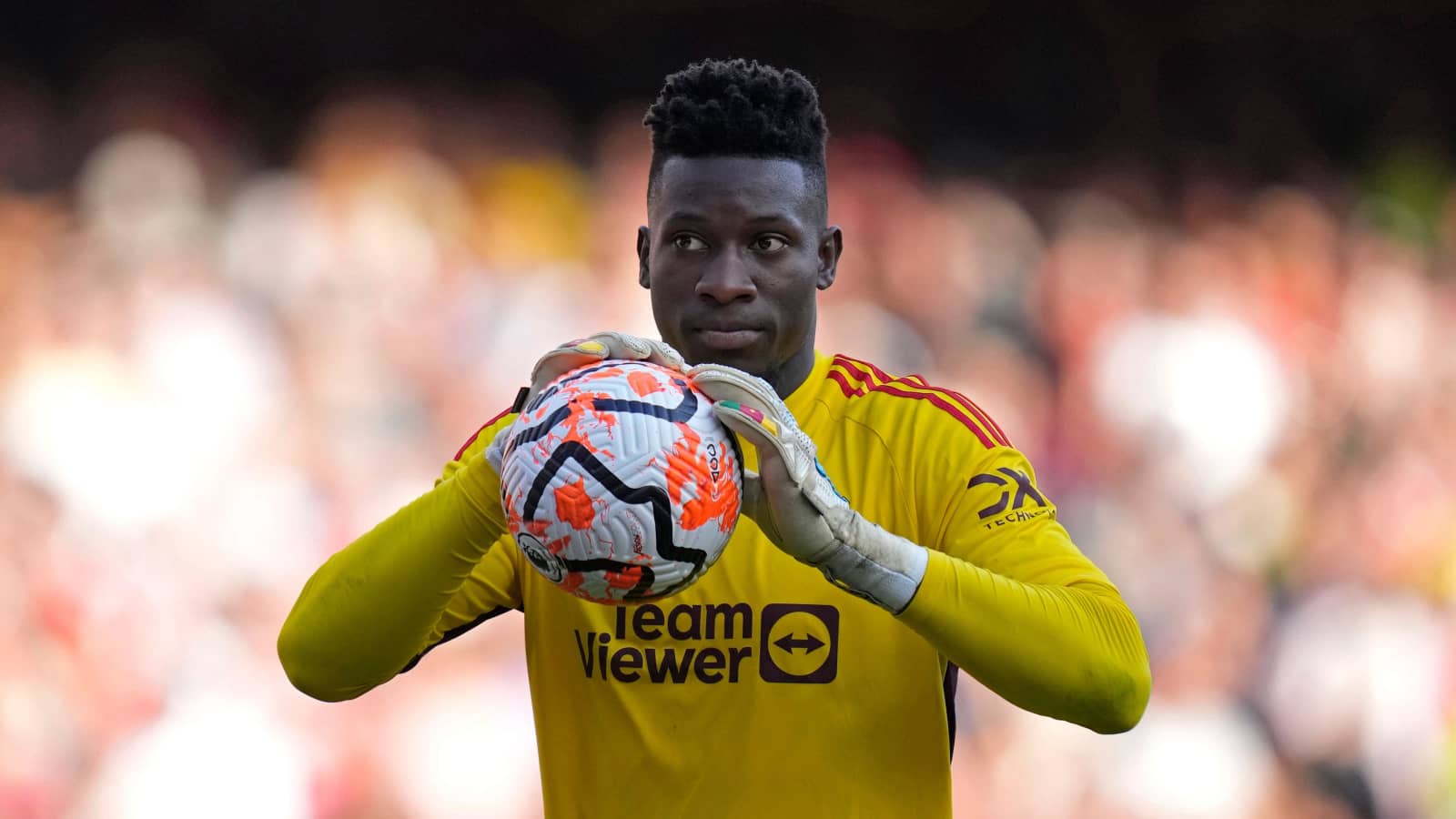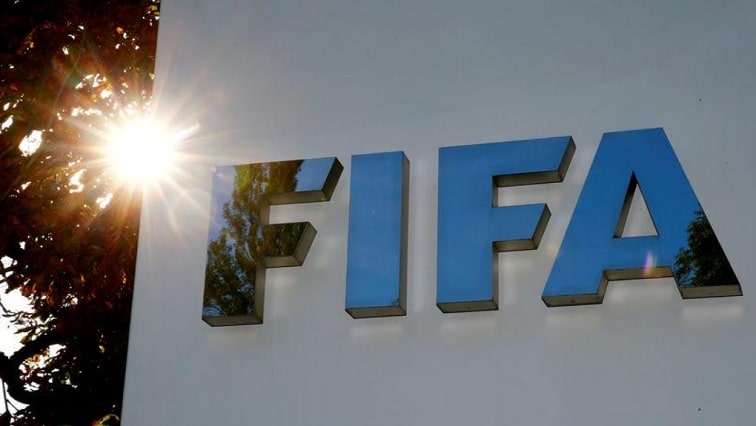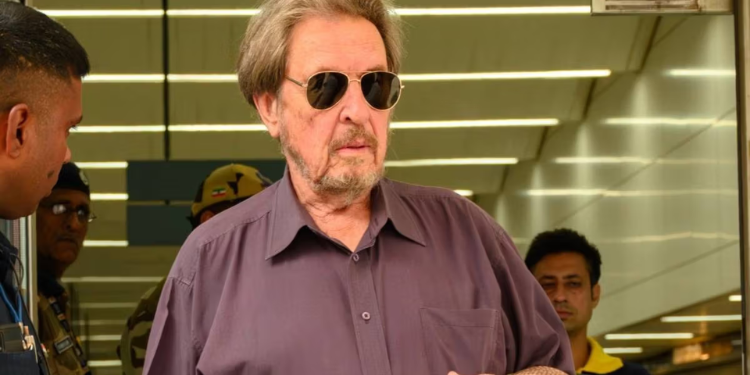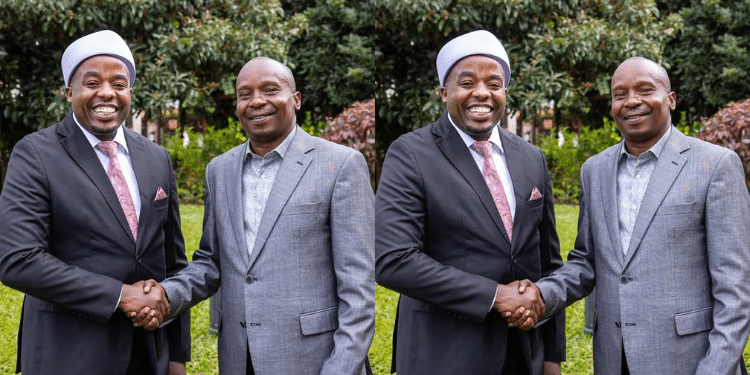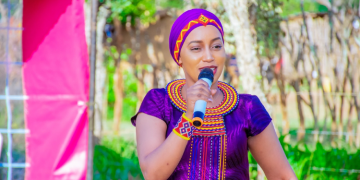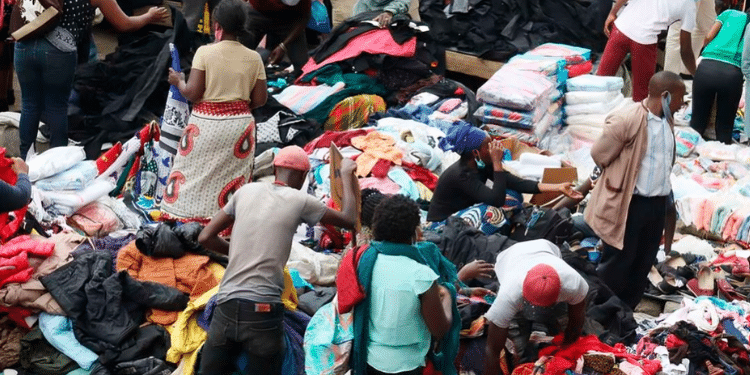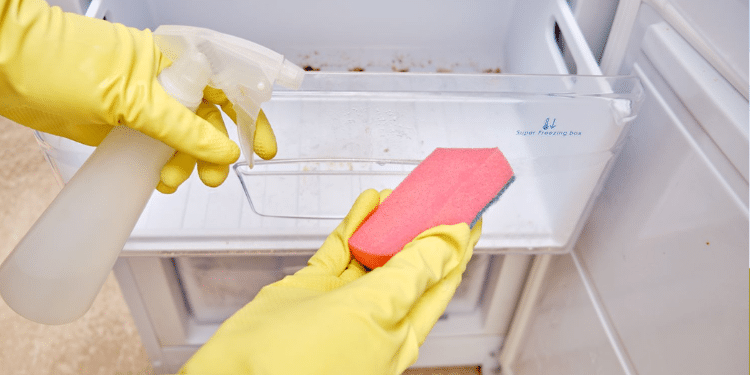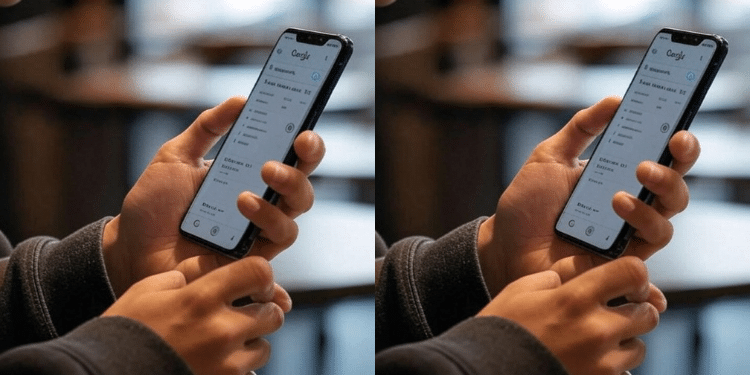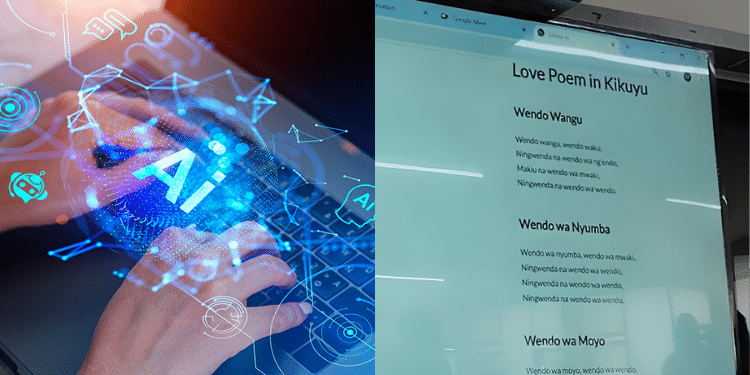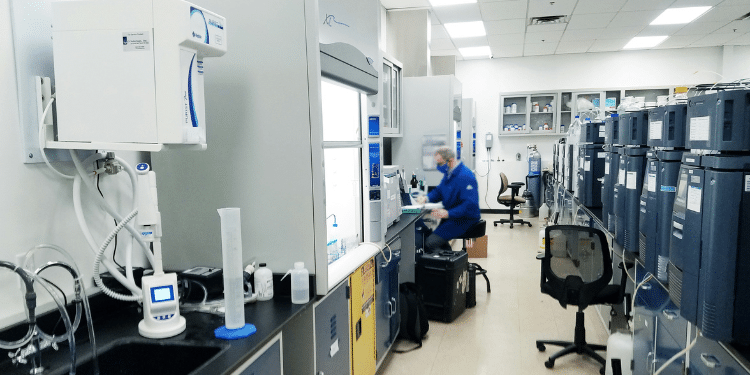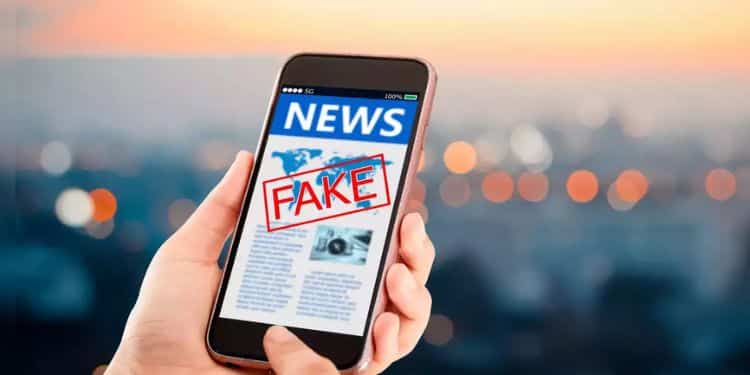There’s a lot of false information circulating online. Forwarding a false message on social media can mislead your friends, family and the general public. They may be tricked into believing something that is not true. We should always be careful not to share false (fake) or misleading messages and images. But how can we tell if a message or image is false?
We use Fact Checking tools to verify. The Oxford Dictionary describes fact-checking as a process seeking to “investigate (an issue) in order to verify the facts”. Fact-checking is a form of critical, investigative inquiry. It includes a wide range of approaches and practices. But there is a history behind fact-checking and the contemporary need for it.
Fact checking as a concept and job title started in journalism in New York in the 1920s. TIME magazine was at the time a young publication, and its co-founder Edward Kennedy explained that the job of the fact-checker was to identify and then confirm or refute every verifiable fact in a magazine article. Soon, The New Yorker had fact-checkers, as did Fortune and other magazines.

Fact-Checking and Fake news
Fact-checkers have occasionally been hired by book publishers, authors and organizations to vet their material and promote accuracy to enable consumers to make informed choices. Opinions can be informed by facts, or by the purposeful denial of them.
Also Read: We Are Dying – Kitengela Woman Screams for Help as Floods Swallow Homes
False news can lead to poor decisions, hardening of stereotypes, creating social divisions and damaging the public’s trust in the media. Such stories get shared a lot and attract traffic.
In recent years, fact-checking has become more prevalent as reflected in the increasing numbers of fact-checking organizations being established internationally. While often considered as a journalistic pursuit aligned to established media outlets, it has also been the focus of work by NGOs, charities, non-media aligned organizations and individuals.
Fact checking organizations like Africa Check are independent, non-partisan organizations which assess claims made in the public arena using journalistic skills and evidence drawn from the latest online tools, readers, public sources and experts, sorting fact from fiction and publishing the results.
Whatever your profession or occupation, it’s best to question – not dismiss – a claim until there is reliable, verifiable evidence to back it up.
Social media- from WhatsApp to Facebook, TikTok and Twitter- is awash with job scams and quack cures. Just because it’s online does not mean it’s true! Verify before forwarding a message. Imagine how awkward it would be if you were wrong!
Here are some tips and advice on how to fact-check
Always start with the key questions like: Where is the evidence? Is the evidence verifiable? And is the evidence sound?How was the information gathered? When? By whom?
Also Read: Choppers Deployed to Evacuate Trapped Tourists
Always be critical and curious by reading the comments accompanying the story. Check the correctness of spelling, grammar and web links of the story.
They say “seeing is believing” but in this age of disinformation (which is deliberate) and misinformation (based on ignorance), we need to be more careful about trusting our eyes.
Look out for dates and landmarks of videos and photographs presented. Are the images altered or have blurry lines and faded colours? One can verify images and videos by using reverse image search on Google, Tin Eye, Bing, Yandex, Red Eye, Invid and Amnesty International’s You Tube data viewer.
If in doubt, check it out, experts advise. The fastest way to verify is to type the claim followed by the words “fact-check” in your search engine for example: floods in Nairobi “fact check”.






